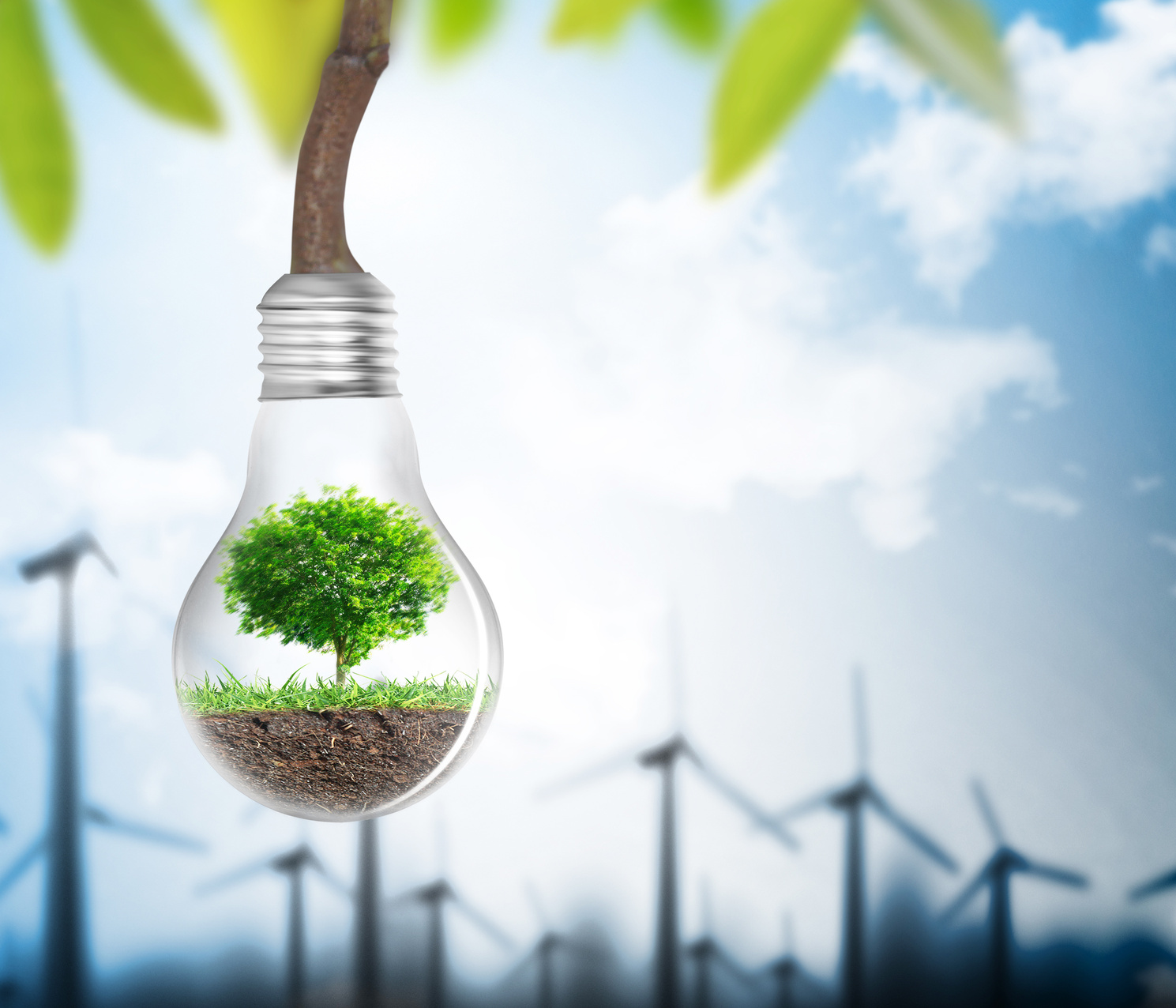Useful Tips on How to Recycle Your E-Waste
Business and consumer electronic equipment that’s no longer useful is classed as e-waste. As some components contain dangerous materials, it’s important that you dispose of them properly. This article will help you do just that and think twice before littering or illegal dumping all kind of waste:
E-waste is created from anything that’s electronic so this includes TVs, monitors, computers, mobile phones, printers and fax machines to name but a few. The threat to the environment from harmful materials such as mercury and lead is significant, so it’s vital that the recycling of these goods is made a priority. Nearly all electronic waste contains a form of recyclable material including glass, metal and plastics.
Your local council will have a recycling centre where you can take your electronic goods to ensure they’re dealt with safely. They may also provide a weekly kerb collection, where you can put small waste electrical and electronic equipment in a carrier bag alongside your green box. Items collected will include kettles, toasters, irons and other small kitchen appliances, clocks and watches, video and DVD players, cameras and chargers, small power tools and games consoles. Alternatively, you can use a local rubbish removal company to dispose of TVs, ovens, washing machines and other electronics if you want your e-waste removed immediately.
The actual recycling system is done in a very methodical way. There will be an initial picking process where batteries and copper will be taken away before items are shredded into pieces to be sorted thoroughly. Data destruction will take place at this point too. Small debris is then spread out evenly on a conveyor belt before it’s broken down even more. All dust is disposed of in an environmentally friendly manner. A magnet will remove all iron and steel, and any brass or aluminium will be separated as the metallic elements can be reused and resold. Water is used to separate any glass and plastic content.
Recycling monitors and old televisions is a bit more complicated because of the cathode ray tubes. The tubes have to be carefully removed before the shell can be shredded into small pieces. Magnets will again take away any iron and steel from the broken bits of glass, and the remainder is cleared of oxides, leaving clean glass to be sorted.
If equipment is still in part working order, you could consider donating it so that it could be professionally repaired and reused. This is then called continuing the life of the product. A lot of old products can be exported to developing countries, but this does sometimes bring its own problems as the lifespan of the equipment is not very long, giving that county an e-waste build up. There are also a number of charity shops who’ll be willing to find a new home for your unwanted, working electrical items.
Remember too that some electrical items contain valuable materials that can raise money for charity. Mobile phones are often collected to get funds for cancer care or children’s care. Some retailers may also have take back schemes that will accept your old appliances for re-cycling in store when you buy a new one. This often applies to mobile phone retailers who’ll let you send your old phone back through the post to be reconditioned or recycled.
Today all companies selling electronic equipment must provide you with a means of waste recycling products by law. You may be charged if they have to collect them from you, but the cost of the recycling process must be free.



0 Comments
Recommended Comments
There are no comments to display.